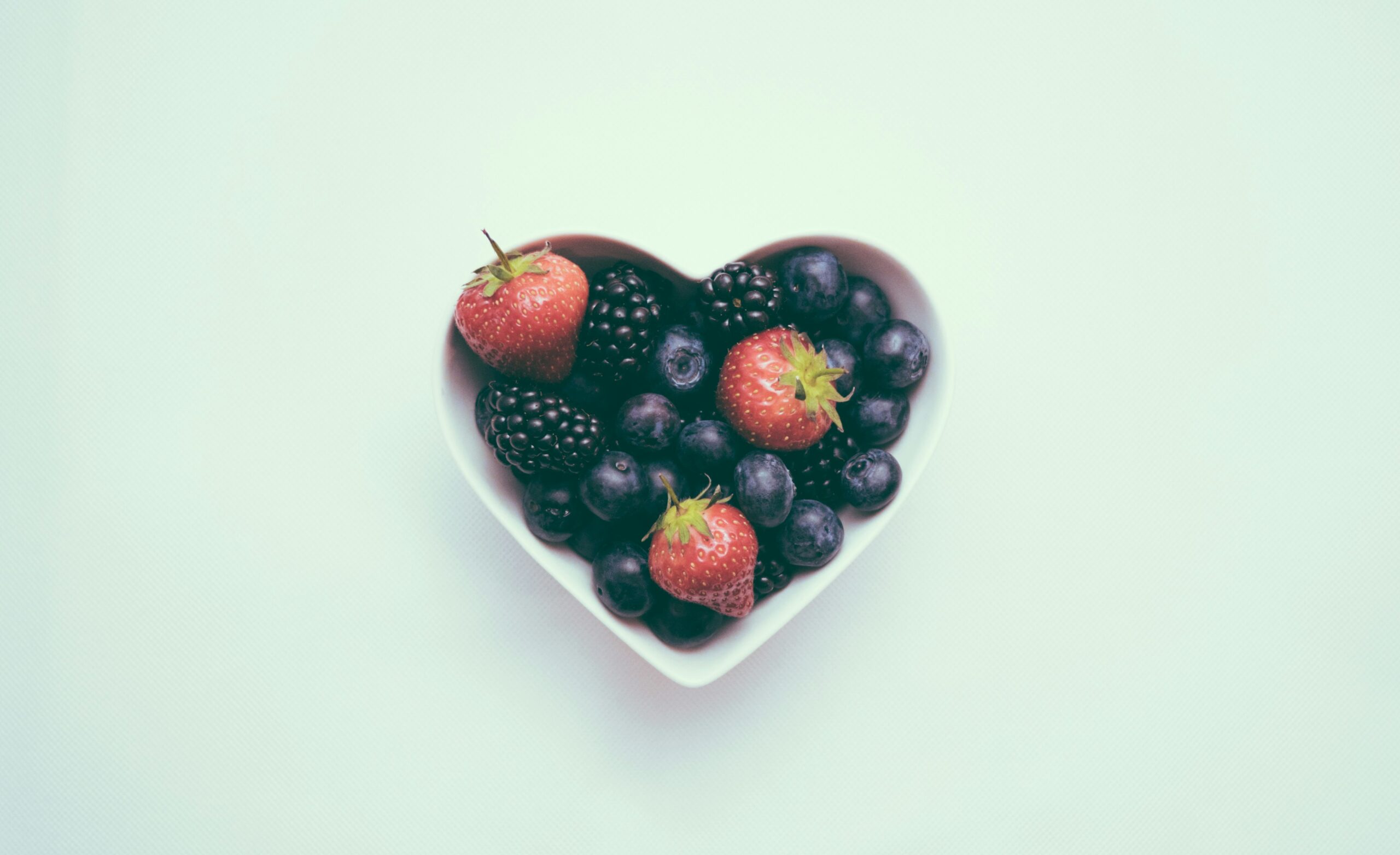Food and love are the two most fundamental aspects of human existence. From the earliest days of our species, gathering around a meal has been a ritual of connection and communion, a way to nourish not just our bodies, but also our souls. And alongside this primal need for sustenance lies another equally powerful force – the yearning for love and companionship. It’s no wonder that throughout history and across cultures, food and love have been inexorably intertwined.
In this article, we will delve into the relationship between food and love, how certain foods claim to help with physical and sexual attraction, the cultural significance of love and food and its portrayal in pop culture. Let’s begin!
The Science Behind Aphrodisiacs
“Throughout history, civilisations around the world have sought out aphrodisiacs in their quest for heightened sensual experiences, attributing mystical powers to certain foods and concoctions”
“Throughout history, civilisations around the world have sought out aphrodisiacs in their quest for heightened sensual experiences, attributing mystical powers to certain foods and concoctions”
Aphrodisiacs have captivated human imagination for centuries, earning their place in history as potent symbols of desire and passion. Derived from the Greek goddess of love, Aphrodite, these substances, be they foods, drinks, or even scents, are believed to enhance libido and stimulate sexual arousal. Throughout history, civilisations around the world have sought out aphrodisiacs in their quest for heightened sensual experiences, attributing mystical powers to certain foods and concoctions.
But, what is the science behind these legendary substances? While much of the historical significance of aphrodisiacs may be steeped in myth and folklore, modern research offers insights into their potential mechanisms of action. For example, foods like oysters, often lauded for their aphrodisiac qualities, contain high levels of zinc. This mineral is essential for testosterone production, which is a key contributor to libido. Similarly, chilli peppers, known for their fiery kick, contain capsaicin, a compound that triggers the release of endorphins and increases heart rate, mimicking the physiological response to arousal.
Other aphrodisiacs include honey, cinnamon, figs and avocados with the most popular one being chocolate.
Love for Chocolate and Chocolate for Love
When it comes to romance, chocolate may be one of the first foods that comes to mind – what is it about this sweet that makes it so irresistible?
For starters, the science behind chocolate’s mood-enhancing properties. Chocolate contains several compounds that can boost mood and increase feelings of happiness. One of these compounds is phenylethylamine, a chemical that the brain produces when we’re in love. Phenylethylamine triggers the release of endorphins, the body’s natural feel-good chemicals, which can create a sense of euphoria and pleasure. Additionally, chocolate contains serotonin precursors, which can help regulate mood and reduce feelings of stress and anxiety. So, it’s no wonder that a box of chocolates is often the go-to gift for expressing love and affection.
A movie that explores the connection between chocolate and romance is Chocolat. Based on the 1999 novel by Joanne Harris, the film follows the life of Vianne Rocher, a mysterious chocolatier who opens a chocolate shop during Lent. The movie not only discusses the sensual pleasures of chocolate but also delves into deeper themes of love, temptation, and the transformative power of food. One scene in particular stands out, when Vianne shares her chocolates with Armande, an elderly woman estranged from her family. This sparks a reconnection and heals long-standing rifts, illustrating the profound emotional impact that food can have on relationships.
Cultural Traditions and Culinary Expressions of Love
While the connection between food and love is universally understood, different cultures express this in different ways. In Italy, love is served with a side of pasta, where the sharing of a meal is not just a necessity, but a cherished ritual that brings people together. At the same time, in Japan, culinary expressions of love are often infused with elegance and precision. The art of sushi-making, with its meticulous attention to detail and emphasis on presentation, serves as a symbol of devotion and craftsmanship. Similarly, the delicate art of the tea ceremony, with its graceful movements and serene atmosphere, fosters a sense of intimacy and connection between participants.
These cultural differences in food and dining customs shape expressions of affection and intimacy in profound ways. While some cultures may emphasise lavish banquets and elaborate rituals, others may find beauty in simplicity. Yet, regardless of the form it takes, the act of sharing a meal with loved ones transcends language and borders.
Food & Love in Pop Culture
The intersection of food and love is a common theme in pop culture. Let’s touch base on some movies, where food takes centre stage in telling stories of love and romance. In Eat Pray Love we follow the journey of a woman rediscovering herself through food in Italy, India, and Indonesia. Julie & Julia intertwines the lives of two women through their shared love of cooking, and Julia Child’s recipes. The Hundred-Foot Journey tells the tale of culinary rivalry-turned-friendship between French and Indian restaurateurs. And in Master of None, food serves as a backdrop for exploring cultural identity and relationships in New York City.
As we come to the end of this article, one thing becomes abundantly clear: the act of sharing a meal with loved ones transcends mere sustenance. It becomes a celebration of connection, intimacy, and joy. From the ancient rituals of feasting to the modern-day portrayals in pop culture, food has always served as a powerful conduit for expressing affection.






